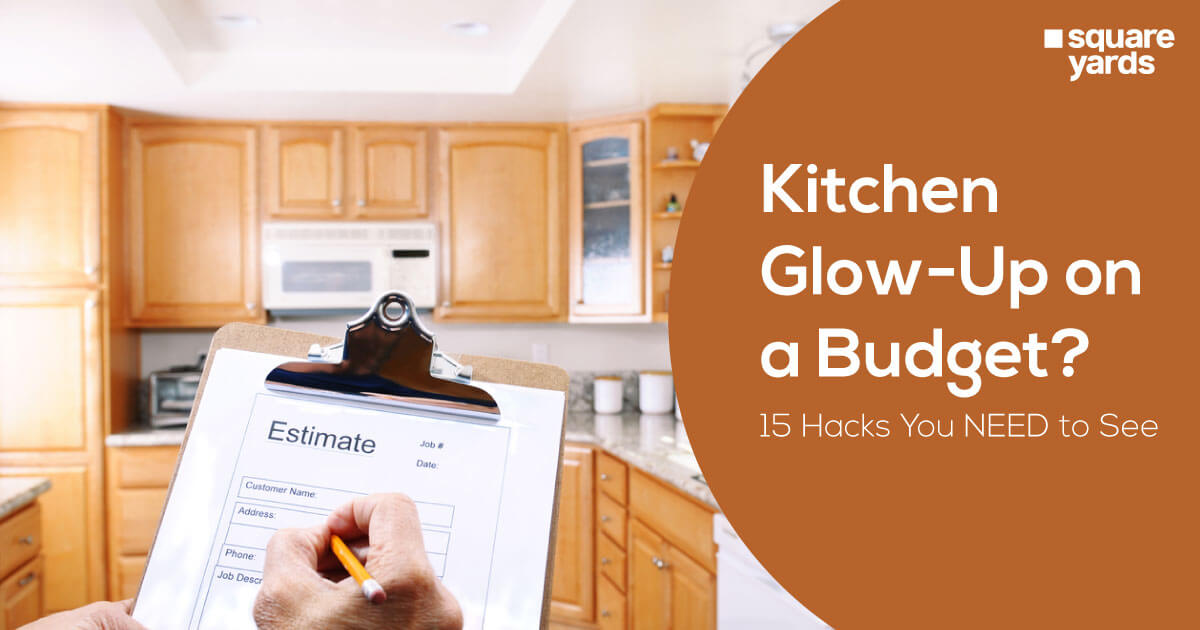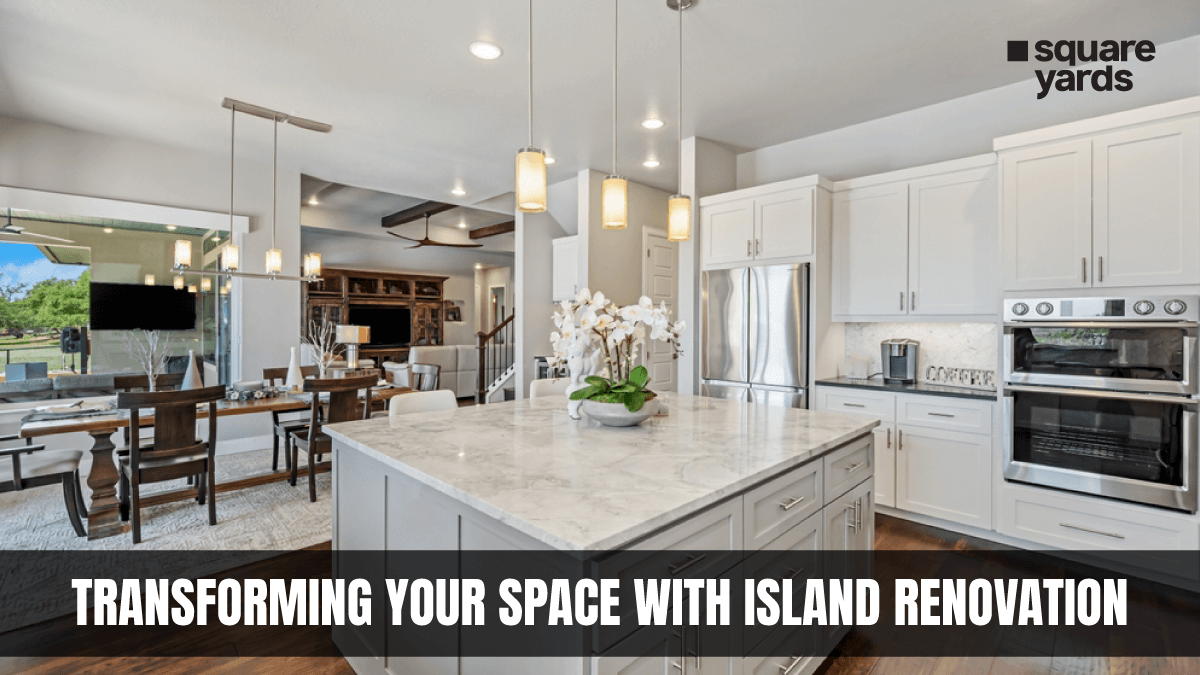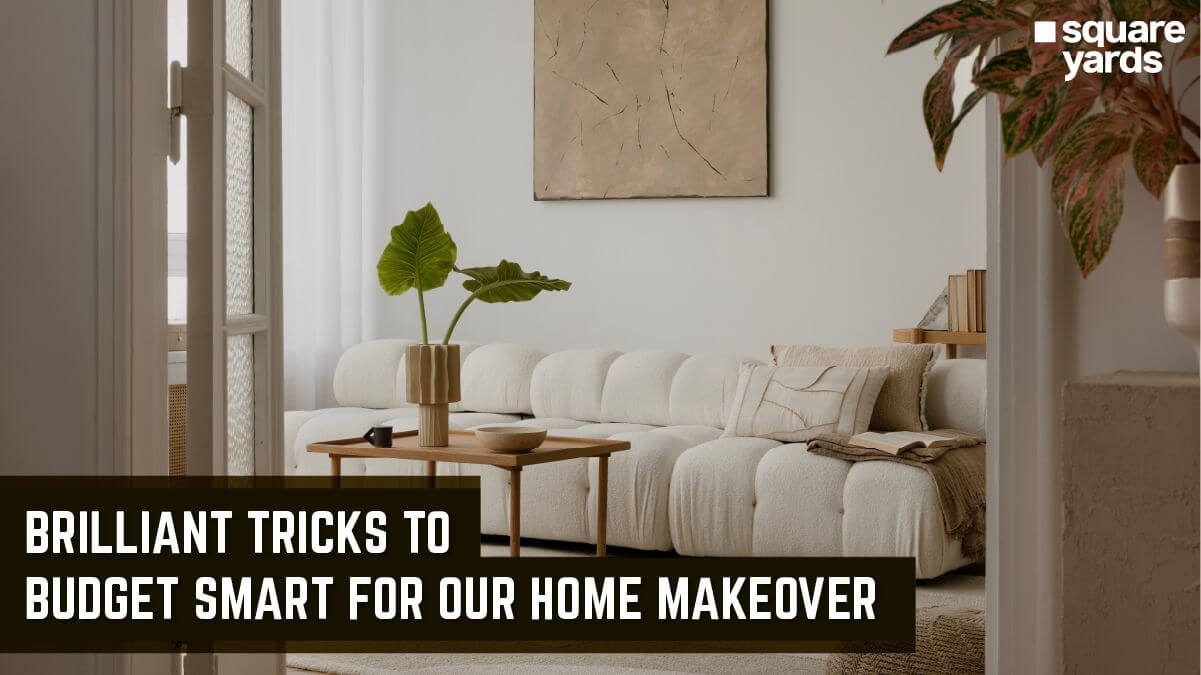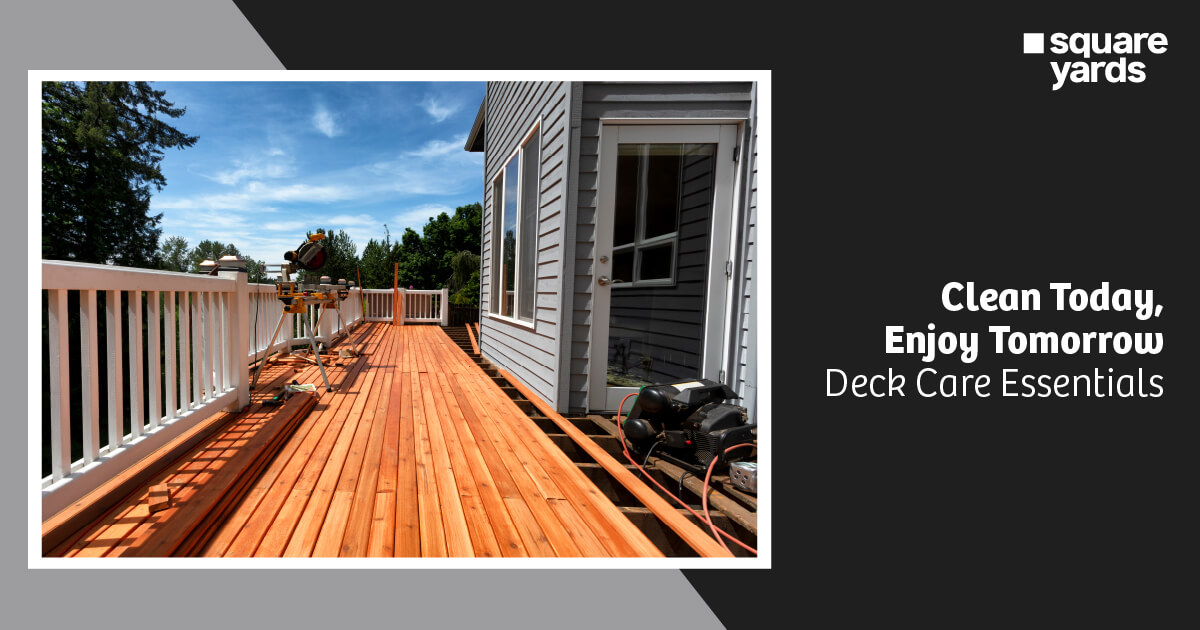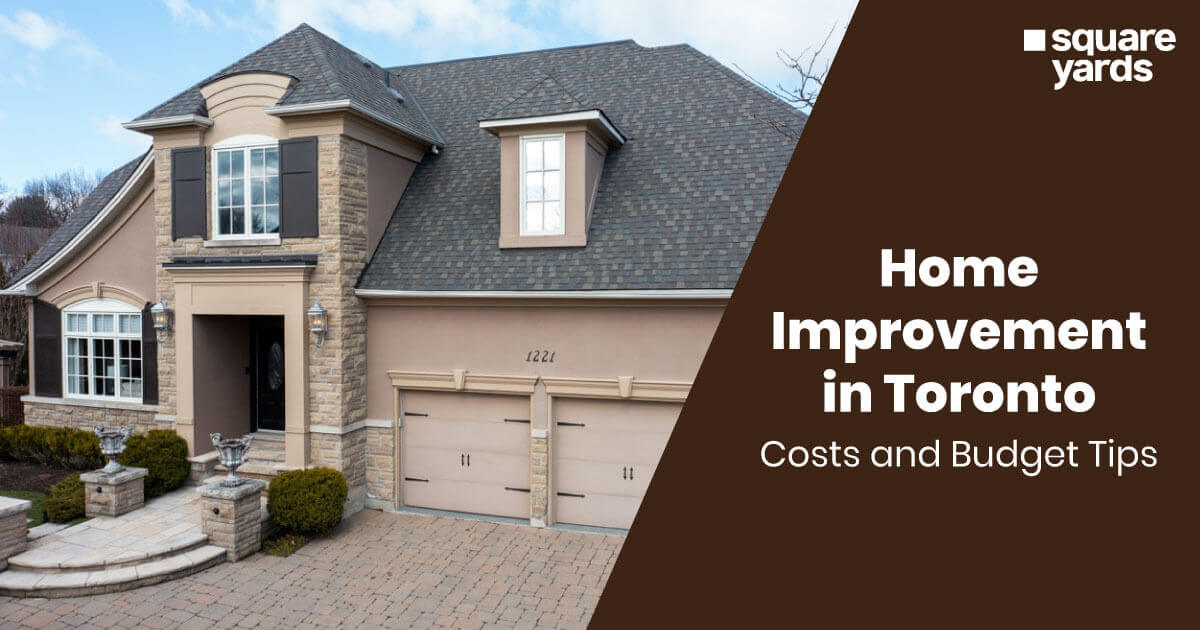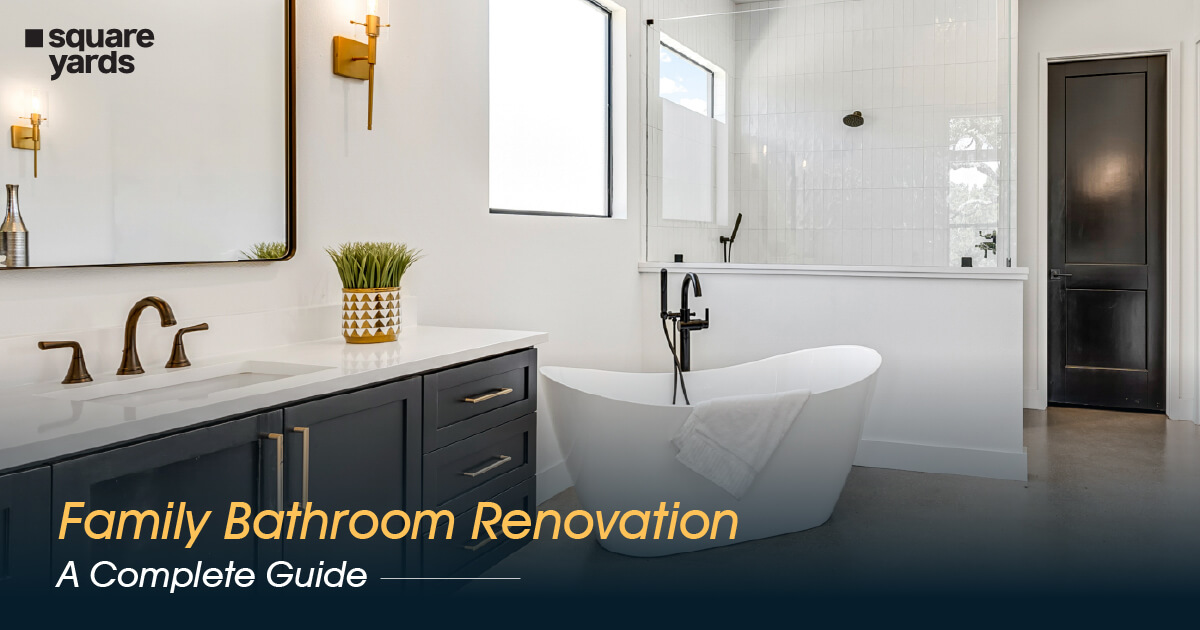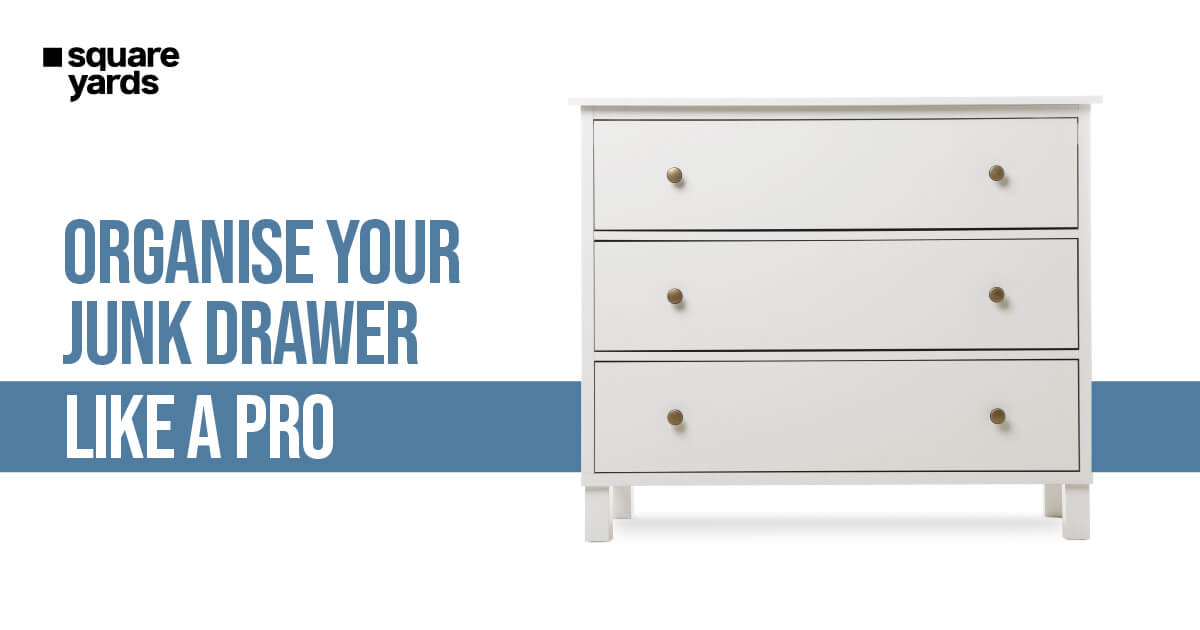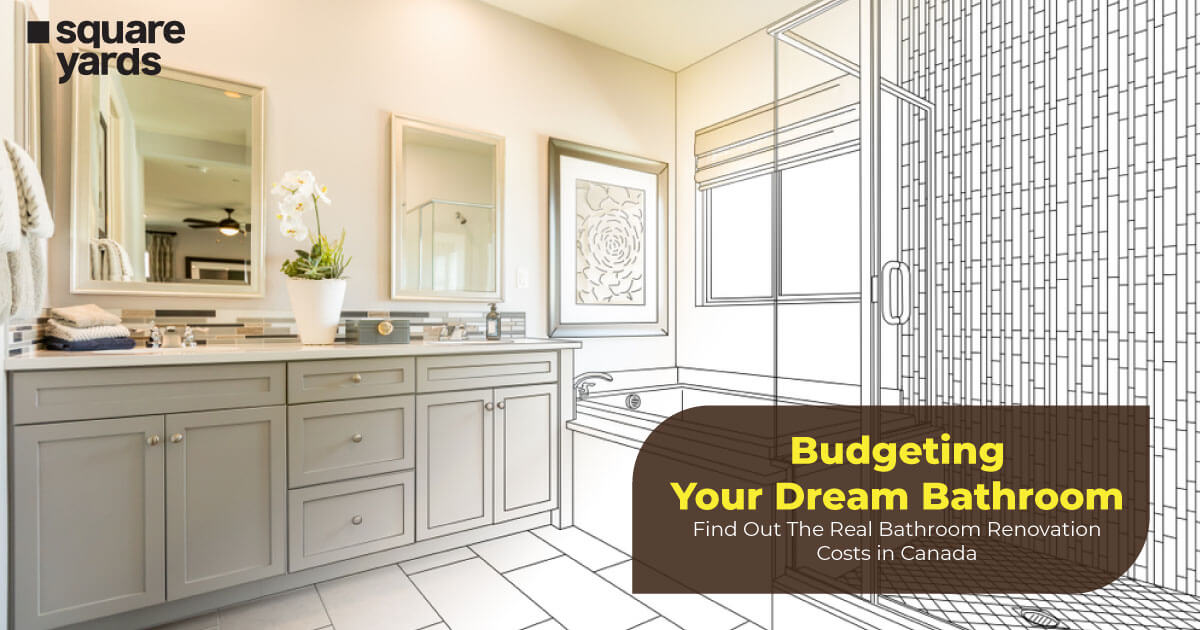Fancy eating out more than cooking at home? Well, a fancy kitchen can also whip up your delicious meal! Cooking in our dream space can encourage healthy eating and, well, save you more than a dime. But in order to do so, what would be the cost to remodel kitchen? If you want to upscale your kitchen without breaking the bank, this blog is for you. Even if the kitchen hasn’t been touched in a long time, these kitchen renovation ideas under budget will give you butterflies in the stomach. Whether you’re looking for a complete kitchen overhaul or just a quick DIY update, we’ve got you covered. We have shared some interesting budget-friendly tips and tricks for a successful kitchen remodel that will leave it looking brand new!
15 Kitchen Remodelling Hacks to Save Money
Even a large kitchen can be wasted with a design that doesn’t consider efficiency. Whether you decide to paint cabinets or invest in updating hardware, you won’t have to miss this budget-friendly makeover. Let’s find inexpensive hacks to remodel your kitchen to the next level.
1. A Little Planning Goes A Long Way
The very first step before starting your renovation is to sit and think. Having a plan is a must for turning your average cooking space into a luxury kitchen. (It’s the same as manifesting those chic dreams into reality!). Sketch a layout for your own dream kitchen and prioritise the must-have features. A little research helps to ensure every penny goes towards maximising functionality and achieving your vision. A little planning goes a long way towards avoiding a costly mistake.
2. Prep Like a Pro Before Your Kitchen Remodel
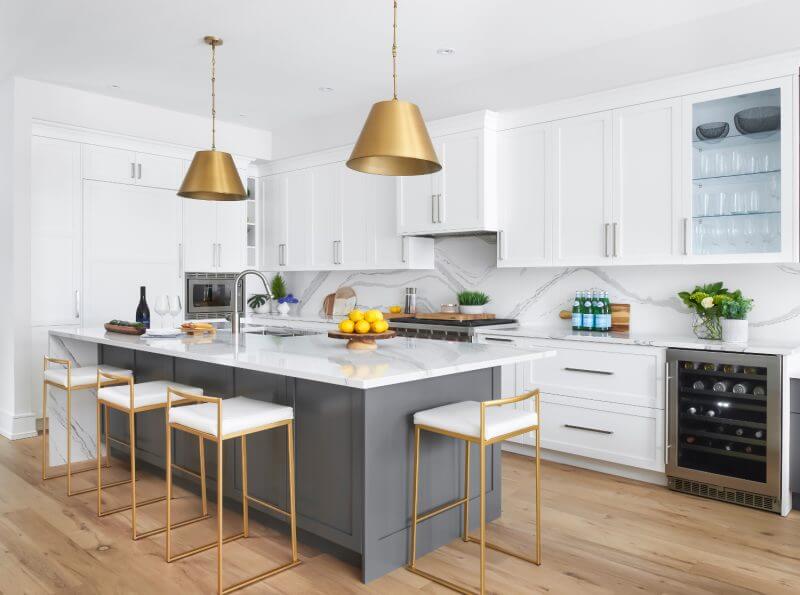
Preparation can significantly impact the efficiency and cost to remodel kitchen. Ensure that you have all necessary permits, which can vary by location but typically include electrical, plumbing, and building permits. Arrange these well in advance to avoid project delays, which can inflate costs. A study by Houzz found that 45% of kitchen renovations experienced delays due to late material deliveries; hence, order materials after securing permits but well before the scheduled start.
3. Details Matter: Same Layout, Just an Upgrade
It’s easy to overlook small components like drawer pulls, faucet types, and lighting fixtures, but these details can impact both aesthetics and cost. For example, choosing energy-efficient LED lighting can be initially more expensive but pays off over time by reducing your energy bills. Similarly, opting for high-quality hardware can extend the lifespan of your cabinetry. Always include these small details in your budget to avoid unexpected expenses.
4. Don’t Forget These Hidden Kitchen Remodel Costs
Unexpected costs can arise, particularly in structural repairs or updates needed to meet current building codes. Allocating 10-20% of your budget for unforeseen expenses can provide financial cushioning. For instance, during renovations, hidden issues like water damage or outdated electrical wiring may surface, requiring immediate attention that can push costs up if not planned for.
5. Make a List of Your Priorities
Identify what’s most important to you in the remodel. In the simplest terms, there are particularly three categories you can divide in terms of priorities. These include –
- increasing storage space,
- upgrading appliances,
- or simply focusing on improving the kitchen layout.
A prioritised list ensures that your budget is spent on what matters most, potentially allowing you to compromise on less critical aspects if necessary. According to Remodelling Magazine’s Cost vs. Value Report, minor kitchen remodels recoup an average of 77.6% of their cost in home value, highlighting the importance of focusing on impactful updates.
6. Refresh, Don’t Replace
Replacing appliances can be one of the most expensive parts of a kitchen renovation idea. If your current appliances are in good working order, consider refurbishing them instead of purchasing new ones. Refinishing surfaces, replacing panels, or even updating hardware can give your appliances a fresh look at a fraction of the cost. According to Consumer Reports, this approach can save homeowners, on average, 50-75% compared to buying new appliances.
7. Minimizing Waste, Maximizing Savings: Think Outside the Box (of Leftover Tiles)
Efficient use of materials not only saves money but also reduces waste. Plan your purchases carefully. To give an example, you can buy exact quantities of tiles, paint, and wood yourself, which can lead to additional savings. Utilising design software or consulting with professionals can help estimate exact needs. Surplus materials can often be returned or, if opened, used creatively in other areas of the home or future projects. This strategy ensures every dollar spent contributes directly to your renovation goals.
8. Refresh Those Kitchen Cabinets and Save Big
Cabinets are a central feature in kitchen design and a major budget item in a remodel. If your cabinets are structurally sound, consider giving them a facelift rather than replacing them. Painting cabinets or changing doors and hardware can dramatically change the appearance of your kitchen at a much lower cost. A report from the National Association of Realtors highlights that refacing cabinets can cost 30-50% less than installing new cabinetry.
9. Floor it Up
Feeling cramped in your kitchen space? Investing in flooring can surely elevate the entire look. Flooring options vary widely in cost, material, and installation expenses. While hardwood floors are popular, alternatives like laminate, vinyl, or tiled floors can offer durable and attractive results at a lower cost. For instance, luxury vinyl tile (LVT) not only mimics the appearance of more expensive materials like stone or wood but also boasts ease of maintenance and considerable cost savings. To add to that, this typically costs 50% less than traditional hardwood or stone flooring.
10. To Stay or Not to Stay: Deciding Where to Live During Your Remodel
Deciding whether to stay at home during the remodel can impact your budget. Staying can save you money on temporary lodging but might extend the project timeline due to the logistics of living in the renovation space. According to a survey by Houzz, nearly 85% of homeowners chose to stay in their homes during renovations, which allowed them to directly oversee the project but required adjustments to their daily routines to accommodate ongoing work.
11. Adding Architectural Interest
Incorporating architectural details can significantly enhance the appeal of your kitchen without a hefty price tag. To give an example, adding elements like a new backsplash, crown moulding, or unique light fixtures can create a high-end look. Similarly, installing a backsplash using affordable subway tiles can offer a timeless design while keeping costs down. Or, adding a good light can never go wrong. These small enhancements are often DIY-friendly and can provide a substantial return on investment by boosting your home’s resale value.
12. Keep the Pipes in Place
Relocating plumbing fixtures is one of the most expensive (and boring) parts of a kitchen renovation. Keeping your sink, dishwasher, and appliances in their original locations can save you thousands of dollars. The cost difference between keeping the plumbing in place and moving it can be as much as $5,000 (depending on the complexity of the job and local labour rates). This strategic decision allows you to allocate those savings to other aspects of your renovation.
13. Keep Your Options Open
It’s wise to shop around for materials and contractors. Getting multiple quotes and exploring various material suppliers can lead to substantial savings. Seasonal sales, discount outlets, and online deals are also excellent sources for cost-effective purchases. For instance, purchasing cabinetry or appliances during a holiday sale can reduce costs by up to 25%. This approach not only ensures you get the best deal but also exposes you to a wider range of design options.
14. Channel Your Inner DIY Master
While some tasks are best left to the professionals, there are plenty of DIY kitchen renovation ideas you can tackle to save some cash. Taking on some of the renovation tasks yourself can significantly cut labour costs. Simple projects like painting, installing new fixtures, and even tiling are manageable for many homeowners. According to DIY Network, homeowners who do some of the work themselves can save up to 50% of what they would have paid in total labour costs. However, it’s important to assess your skills realistically and leave more complex tasks, like electrical and plumbing work, to the professionals.
15. Keep Every Single Receipt
Maintaining records of all expenditures is crucial for tracking your budget and ensuring you stay on target. It also helps in future warranty claims or for tax purposes if you qualify for home improvement deductions. According to the IRS, certain home improvements can be tax-deductible if they increase the value of your home (remodelling adds value!). Hence, let’s make those receipts potentially valuable documents.
The Takeaway
Transforming your kitchen is proof that you don’t need to buy a new home to have a functional and beloved space. Don’t forget to keep these 15 ingenious hacks from your friends at Square Yards (masters of budget-friendly brilliance!) to keep your kitchen remodel on track. In the end, remodelling can be a huge undertaking, so it is important to know which renovations will yield the highest return on your investment.
You May Also Read :
|
Know The Comfort And Spacious Terrace |
|
|
Ways To Find Remodel Your Home |
|
|
Explore Room Decoration Items |
|
|
All The Front Porch Decor Ideas |
Frequently Asked Questions (FAQs)
How to remodel a kitchen cheaply?
It's easy to remodel your kitchen without breaking the bank now. You can implement multiple budget-friendly hacks, like using cost-effective materials, handling some tasks yourself, refurbishing existing items, and much more.
How do you renovate a kitchen on a budget?
Refitting a kitchen on a budget involves keeping existing layouts to save on plumbing and electrical costs and refreshing cabinets with paint or new hardware. It also includes choosing lower-cost alternatives for countertops and flooring.
What is the biggest expense in a kitchen remodel?
The biggest expense in a kitchen remodel is typically cabinetry, which accounts for about 29% of total renovation costs. Followed closely by labour and appliances are other expenses that cost a hefty price.
How do you make a kitchen look expensive?
Making a kitchen look expensive is easy without spending much. Invest in high-quality finishes, like quartz countertops or a stylish backsplash. Additionally, you can also add elegant lighting fixtures, and use cohesive, neutral colour schemes to create a luxurious feel.

